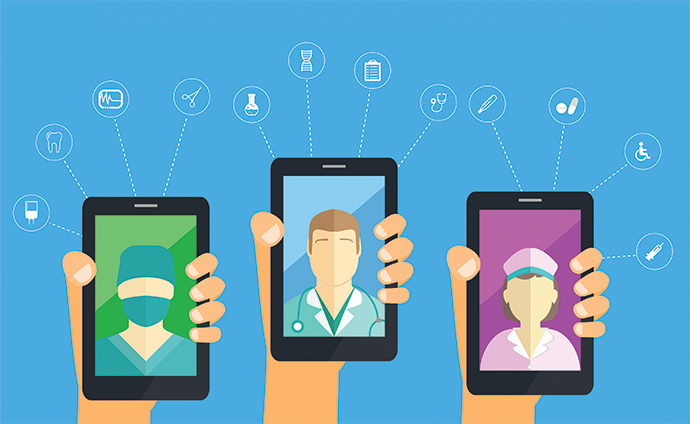Several studies conclude that mental disorder rates are markedly higher compared to past decades, while revealing a consistent increase (Twenge, 2015). The causes are a prevailing matter of debate and research, with multiple correlated factors playing a role – the socio-economic environment, genetics, brain chemistry imbalance, physical health. Thankfully, the stigma around mental health is consistently being reduced while awareness of its importance proclaimed. However, at the same time there is a desperate shortage of skilled clinical labor to treat mental health disorders, leading to significant waiting periods for appointments and the prescription of antidepressants as a widespread ‘quick fix’ solution.
One could argue that the rapid development in technology, the ever-growing amounts of information and constant online exposure are considered drivers of mental health issues. Ironically the more connected we are to the ‘digital world’, the less we seem to be connected to the ‘real world’ and forget to foster real-life interactions, which are proven to be of significant importance to our mental health. – BUT: Could technology potentially tackle mental health issues and complement critical treatment?
Here are some examples of how technology could help:
There are several applications available, helping users to cope with anxiety, PTSD or even addiction for example. Those range from simple guided meditation (e.g. Headspace) to applications focused on specific conditions which track moods, behavior and analyze symptoms. There are even services out there, that allow users to chat or video call with licensed therapists (e.g. Talkspace). While an application might not seem to be critical for treatment at first, it provides users with a sense of comfort and a fast ‘self-help’ solution, that could potentially reduce the risk of mental issues arising in the first place (Black Dog Institute, 2018).
Next, the health sector and insurances are working on systems, capable of analysing patient data in order to identify at-risk patience early (Fawcett, 2017). This could allow patients to be notified about possible treatments or simply create awareness about their state, enabling them to act prior to a mental episode eventually erupting – often simple toxic habits or behaviors that we are unaware of are the cause to decreasing mental health.
Finally, VR has made its move into the mental care landscape by providing treatment for psychological disorder. With the help of a virtual avatar, patients are guided through a cognitive treatment program creating unique scenarios in a safe environment (Freeman & Freeman, 2018). Just imagine the range of application for patients suffering from the fear of heights or planes for example.
It is undeniable, that a ‘therapist-patient’ relationship represents a critical component when it comes to mental treatment, usually requiring a significant amount of time before actual progress can take place. However, technology shall surely not replace the clinicals but rather complement the healthcare system and provide powerful tools to finally enhance our mental and physical well-being. – Maybe one day each one of us will carry our digital mental caretaker in our pockets.
References
- Twenge, M Jean. (2015). Are Mental Health Issues On The Rise?. Psychology Today. Retrieved on October 7th, 2018 from:
www.psychologytoday.com/us/blog/our-changing-culture/201510/are-mental-health-issues-the-rise - Black Dog Institute (2018). Technology and the future of mental health. Black Dog Institute. Retrieved on October 7th, 2018 from: www.blackdoginstitute.org.au/news/news-detail/2018/03/05/technology-and-the-future-of-mental-health
- Fawcett, Kirstin (2017). 6 Ways Technology Can Help Mental Health Disorders. MentalFloss. Retrieved on October 7th, 2018 from: www.mentalfloss.com/article/505508/6-ways-technology-can-help-mental-health-disorders
- Freeman, Daniel; Freeman, Jason (2018). Don’t dismiss tech solution to mental health problems. The Guardian. Retrieved on October 7th, 2018 from: www.theguardian.com/society/2018/jul/11/dont-dismiss-tech-solutions-to-mental-health-problems


